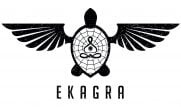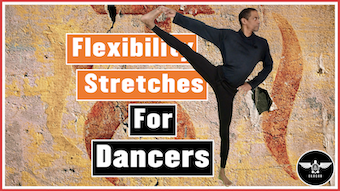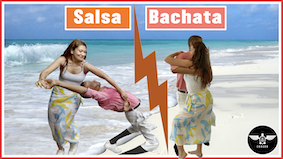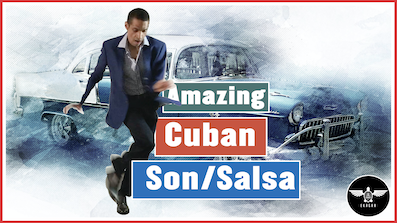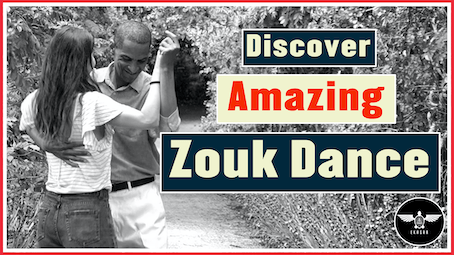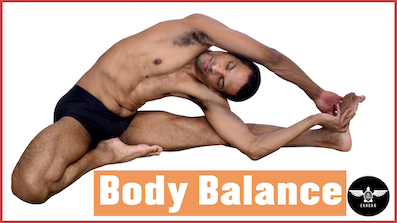This routine depicts flexibility stretches for dancers of any kind. Flexibility is essential in dance because it opens the door to multiple opportunities.

Still, whether you are a dancer or not, flexibility should be part of anyone’s physical diet. Unfortunately, most of the time, we prioritize physical exercise at the expense of flexibility. But put in another way, “flexibility is this bonus action you take for the rainy days of a stiff body, old age etc.”.
1. What are good stretches for dancers?
The types of flexibility stretches for dancers should focus on opening the hips and working on the hamstrings, gluteus, pelvic floor, back, spine, etc. You should aim to make every part of your body as flexible as possible. But before we dive into these flexibility stretches for dancers, we should ask ourselves, “what is a dancer?” and “why do dancers need flexibility stretches?”
1.1. What’s a dancer?
This question might seem ridiculous to the many readers of this post, especially those who are dancers. But a definition of this special art and activity should be properly given. And especially to those who define themselves as dancers.
▪️Ever witnessed people with a number on their back?
Their clothes look the same, their smile is not genuine, and their emphasis is on performance. They tend to be called dancers. I strongly disagree with this definition since the species that get given numbers are scheduled for sacrifice or sale. And that breaks my heart every time I see people who can do all kinds of contortions, not being able to understand that. If the universe is willing to reveal itself to you (that’s what happens when you are a dancer), why would you enslave yourself for the “pleasure” and judgment of others? I suspect you do not need to guess what I think of dance competitions.
Therefore, a dancer is “someone who can open the many dimensions of life and explore his ultimate self through the expression of his body, mind and the little 3”. If you can change dimensions almost instantly when you start dancing, you fit in the realm of dancers. If it’s a painful adventure, give up the activity, change teacher or dance style.

A dancer is someone who is able to open the many dimensions of life and explore his ultimate self through the expression of his body, mind and “the little 3”
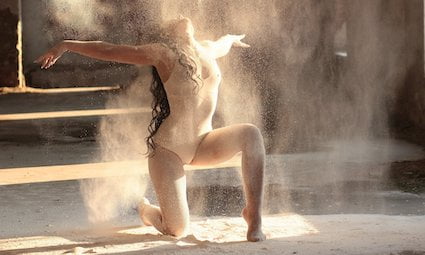
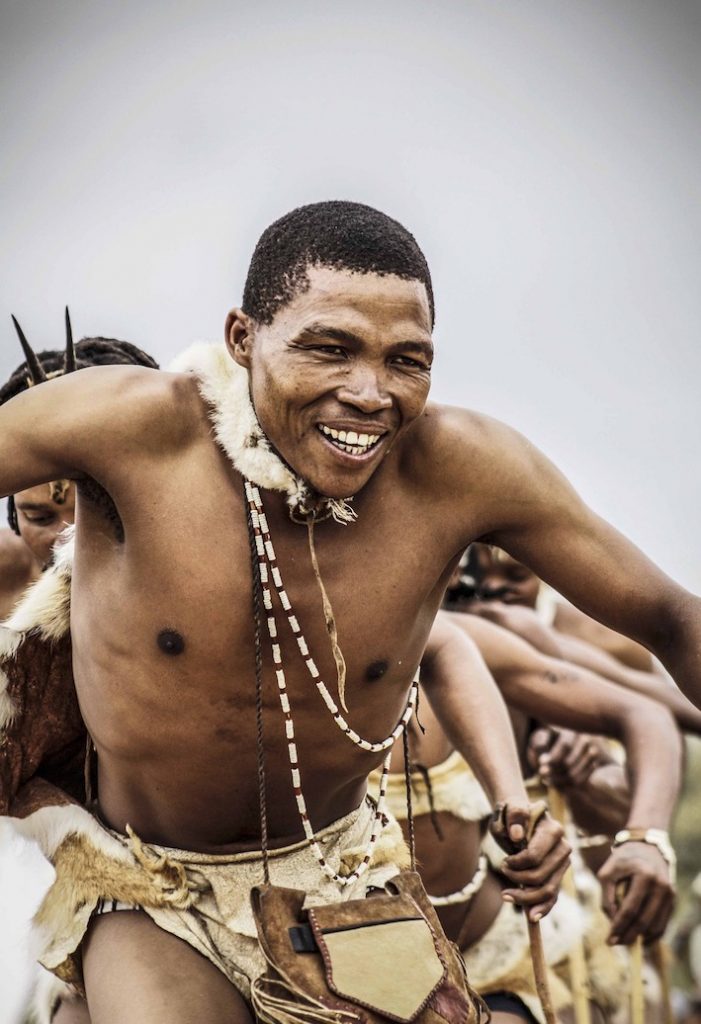
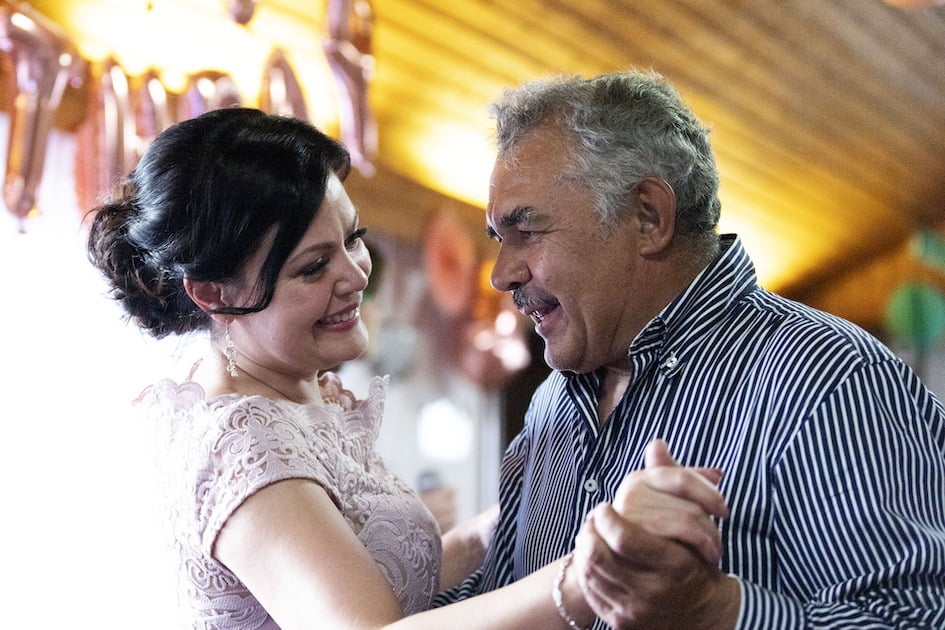

Then the next question is why do dancers need flexibility.
1.2. Why do dancers need flexibility stretches?
Dancers do not need the extreme flexibility that one can witness in some people. But they need to be able to open up the different chakras of their body to explore the other dimensions I mentioned earlier. Therefore, flexibility should have a precise objective and not be confined to competition, impressing, or copying others. The flexibility allows you to create new movements, hence new dimensions. Some of these dimensions don’t seem to lead anywhere (you will know which ones they are), while others take you to a path where a fire invades your whole self. Your face becomes radiant, the notion of time evaporates, and “all seven” die at your feet. That experience happened to me time and again. Therefore, ask yourself, “why flexibility?” (have a vision about what you want to accomplish), then proceed to get what you want.
2. What Flexibility stretches for dancers?
Now that you know why you need flexibility stretches, the second point is the frequency with which you will do these stretches. Indeed, to see any progress, you need to practice with a certain regularity. And to be consistent, there is one central point you must keep in mind. That is, avoid injuries at all costs. It’s self-defeating to execute a flexibility pose, get injured, be out for six months and come back again. The chances of recurring injury will be higher, which can destroy your confidence. Therefore, to be safe, you need a system that prevents these occurrences. That’s where a proper heat-up/warm-up stage and recovery/relaxation phases come in. These two crucial phases alone can help with your progress. They will guarantee that you come back over and over to the practice, which is the key to improvement.
▪️Make sure your flexibility stretches fit a pattern
I created this simple chart that you should keep in mind at all times. How often have I seen dancers or athletes finish a physical session and go about their day? Your body needs the time to return to a normal phase where all body parts are reset. As for the heat-up phase, it’s an absolute must because otherwise, something will break.
Therefore, I will include a heat-up and recovery activity in our flexibility stretches session for dancers.

2.1. Heat-up
Every dance style is different; therefore, the body isolation/movement I hereby propose can be changed to the form that fits you better. The key here is to start by infusing heat in all these small parts of your body in isolation from each other. Then, in a second step, combine movements together. That will already increase your temperature. Finally, we can start incorporating some of the stretches we will use in the flexibility session, making the whole warm-up part functional.
2.2. Flexibility stretches
▪️Hip openers
The hip openers are essential for your flexibility. They are the “unblockers” that will help you in all the complex stretches I am sure you will want to do in the future. You will spend many days trying to get a full stretch pose and won’t see much progress. Then, when you start applying these hip opener exercises, all of a sudden, the posture will just become easy without you noticing.
▪️Hamstrings
The series of exercises proposed will render the hamstrings muscles and hip joints more flexible.
▪️Back/Spine
The spinal exercises are a must for dancers. They help reset the spine after all the forward and backward bends.
2.3. Recovery
To repeat your flexibility session regularly, you must reset your body. This reset takes place during the recovery practice. For example, you can lie down flat on your back with your legs and arms extended. As you take deep, slow breaths, you imagine your breathing going from your toes to your head. Then, when exhaling, from your head to your toes. You can pay special attention to any part of the body where you might feel some pain (the pains should be minor and not due to the stretches).
After that little session, we can do some breathing exercises. These techniques will help you manipulate your whole body. You might have noticed, but the calmer you breathe when you do the stretches, the less painful and the deeper they become. On the contrary, when you breathe very heavily, everything hurts, and the less you stretch correctly. Therefore, it pays to learn breathing techniques that help calm your mind and sharpen your focus.
3. Cautious note
A flexibility post or session with me would not be complete if I did not mention what you should be careful about.
Flexibility is a double edge sword and there is a dark side to it. It can help you tremendously in exploring new dimensions of the body, but also hurt you.
3.1. Stretch out cold
This is one of the key issues I want to stress out. DO NOT do any flexibility stretches if you are not properly warmed-up.
3.2. Force too much
This is one of the key pitfalls to avoid. When you do your stretches, you might want to imitate someone who does it better than you, and that’s fine. But remember, this person has had years of practice to get to that situation. That’s why I am not a big fan of those who promise a “full split in 10 minutes”. That’s a lie and could lead you to believe something is wrong with you. Instead, have a goal and break it down into step-by-step, checkable mini-goals. For example, you might want to achieve a full split in 60 days. One of the mini goals could be to master the half-split first.
4. When can I see results?
Having a checklist of points/milestones to hit is a good idea to assess your progress. Sometimes we are so focused on the final result we want to achieve that we fail to recognize small achievements that are happening. You need to remember that the final result you want is the sum of many small accomplishments constantly hit. For example, when I executed the seated wide-angle pose, I almost did not notice. Because it seemed so complicated and always incurred a little bit of suffering, I thought I would never achieve the full pose. But I just stuck to it every day. Eventually, it happened effortlessly.
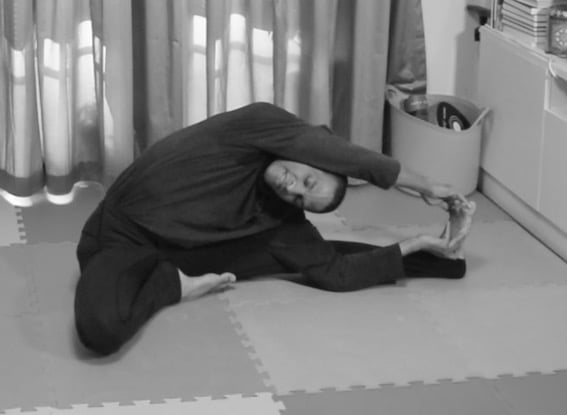
I have compiled a 5-step checklist that ensure you keep on track.
5 steps Checklist: T0 vs T60
This checklist measures where you are now T0 versus where you want to be in, say, 30 days or 60 days T60. As I mentioned previously on “why flexibility”, you need to have a vision of where you want to be (why you are doing it). Try to be as precise as possible. Then what you do daily or weekly is to assess how much you are progressing. That could be an excellent idea for you to have a journal. For example, I created a training plan for my dancing and flexibility activities, and everywhere I had an issue, I could pinpoint exactly the cause of my problem. Then I could rectify it. So, have a vision, break it down into milestones, and follow a documented regiment/training. RESULTS GUARANTEED.
| Flexibility stretches for dancers – Checklist | T0Days | T15Days | T30days | T60 days |
| ❐ Breathing 📌 Record your breathing at the beginning of this journey 📌 Is it heavy, jerky? Do you breathe with your mouth? 📌 Then compare with Day 15, 30, 45. Is it getting better? | ||||
| ❐ Hamstrings improvement 📌 How deep can you bend after few weeks vs T0? 📌 Are you able to synchronise your breath with your bends? 📌 Is it more or less painful? | ||||
| ❐ Hips openers 📌 Do you see improvements in the hip exercises? 📌 Are you getting deeper? | ||||
| ❐ Hands to Feet 📌 Are you able to reach your feet with your hands? 📌 Can you keep the position for a little while? | ||||
| ❐ Spine twists 📌 Can you execute the pose fully compared to when you started? 📌 Where does the blockage occur? 📌 Do you need to go back to hips opener exercises? 📌 Can you bend your back more easily after 1 months? | ||||
| ❐ Your palms/breathing during recovery 📌 Can you open your palms fully? 📌 Are you able to feel the weight of the session gradually evaporating? 📌 Can you control the rhythm of your breath after few days? 📌 Do you feel your breath and stretches helping each others? |
Discover new, untapped materials
Learn Cuban Salsa, Bachata, Improv’ and many other dance styles. Check out these videos and see what you can achieve in less than 3 months. Private lessons available for just £35/Hour. Free body movement and basic salsa and bachata lessons provided.
